An awful lot!
This is only a brief introduction, but hold on tight because this may seem a little confusing…
Even in the earliest times, Romans used a different system of names from most other European and Mediterranean countries. They used two names, one of which became a hereditary surname. Over time, this expanded to include additional names and even nicknames.
Basics
The most familiar version of the Roman name is the tria nomina, or “three names” – praenomen, nomen, and cognomen – used by male Roman citizens for over a thousand years. Gaius Julius Caesar is a good example.
What means what?
A praenomen (plural praenomina) was a personal name, often following family or tribal tradition, e.g Marcus, Gaius, Aulus, Quintus, and used mostly within the family and close friends. but outside of this circle, they might be called by their nomen, cognomen, or any combination of praenomen, nomen, and cognomen that was sufficient to distinguish them from other men with similar names.
The nomen (plural nomina) designated a Roman citizen as a member of a gens – a ‘race’, ‘family’, or ‘clan’ – which constituted an extended Roman family claiming descent from a common ancestor, e.g Julius, Flavius, Claudius, Cornelius.
The cognomen began as an additional personal name but the gradual decline of the praenomen as a useful means of distinguishing between individuals made the cognomen a useful means of identifying both individuals and whole branches of Rome’s leading families. Additional cognomina were added if a person was adopted into another (often socially superior) family; in his will, the dictator Gaius Julius Caesar adopted his great-nephew, Gaius Octavius, who became known as Gaius Julius Caesar Octavianus. Sometimes an agnomen (similar to cognomen) was added as a result of a heroic act, e.g. Publius Cornelius Scipio Africanus, who took the Second Punic War to Africa, and defeated Hannibal.
Roman women’s names
In the earliest period, Roman women shared the same name format as men, praenomen and nomen. By the end of the Republic, the majority of Roman women did not use praenomina. Most women were called by the nomen alone, in the feminine form, e.g. Cornelia, Claudia or Julia.
For men, who might hold public office or serve in the military, the praenomen remained an important part of the legal name, and a way of distinguishing them from other members of their family who might also be serving. But although they sometimes exerted significant influence behind the scenes, Roman women played practically zero role in public life, so were not thought to need an individual name.
Moreover, a praenomen was not usually seen as necessary to distinguish between women within the family. If there were multiple sisters in the same household then a cognomen or a combination of nomen and cognomen was used, e.g. Julia Tertia (third) or Volusenia Minor (younger). Roman women did not change their original (father’s) nomen when they married, so a new daughter in law’s nomen alone was usually sufficient to distinguish her from every other member of the (new) family. This blatant lack of individualisation seems alien to us today when our first or given name is extremely important to our sense of ourselves.
Although women’s praenomina were infrequently used in the later Republic, they did continue into imperial times, especially among the other peoples of Italy, until the populace was thoroughly Romanized. In the Etruscan culture, for example, where women enjoyed a markedly higher social status than in Rome, inscriptions referring to women nearly always include praenomina. (Read Elisabeth Storrs’ excellent The Wedding Shroud)
Changing times
When Caracalla turned all free inhabitants of the Roman Empire into full-blown citizens in AD 212 (mainly to be able to tax them), new citizens adopted the nomen ‘Aurelius’ in recognition of the emperor’s ‘gift’ (his proper name was Marcus Aurelius Severus Antoninus Augustus, with Aurelius as the nomen). ‘Aurelius’ quickly became the default nomen in the east and the second most common after ‘Julius’ in the west.
Caracalla’s ‘New Romans’ and even many established Romans either dropped the nomen from their name or, in some cases, treated the nomen as a praenomen. Although a nomen would long be required for official purposes, and in isolated corners of the empire and in parts of Italy, its everyday use would continue into the 7th century, the nomen was generally omitted from the name by the close of the 3rd century.
With the infusion of Greek culture into the Roman Empire, the use of patronymics (‘son of’) and by-names such as ‘the wise’ or ‘the short’, and descriptive, such as ‘of Antioch’ or ‘the tailor’, began to displace inherited surnames; the Greeks did not have such a keenly developed sense of genealogy as the Romans did. Family names are completely missing or rare in documents and seals dated from between the 7th and 10th centuries. Eventually, family names were seen as a quaint custom.
Later, Roman women, like men, adopted signa, or alternative names, in place of their Roman names. With the fall of the Western Empire in the 5th century, the last traces of the distinctive Italic nomenclature system began to disappear, and women, like men, reverted to being known by single names.
And Roma Nova? The Twelve Families’ members kept their nomina (of which they were very proud) and developed the custom of adding a personal name or praenomen to give each family member an individual name; they were only a few hundred at the beginning, and each individual was needed, and valued, for the colony to survive. Over the centuries, other Europeans added surnames, developed from occupation, locality or nicknames, to their personal names; these often chopped and changed, becoming extinct or hyphenated. Roma Novans adopted descent and inheritance through the female line and retained a family/tribal system of sharing a nomen with all members of their family. Their most treasured possessions included their family records, whether on parchment, paper or digital.
And so our heroine’s name has followed Roma Novan tradition: her personal name is Carina and her family name Mitela – the nomen used in the fourth century AD by her far-off ancestor, Gaius Mitelus.
Alison Morton is the author of Roma Nova thrillers, INCEPTIO, and PERFIDITAS. Third in series, SUCCESSIO, is now out.
Find out about Roma Nova news, writing tips and info by signing up for my free monthly email newsletter.
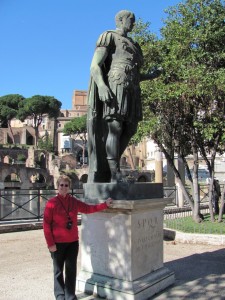
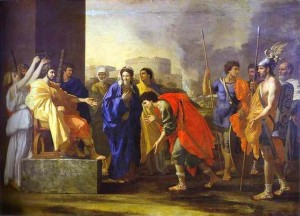
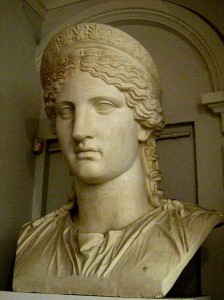
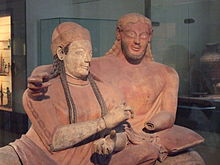
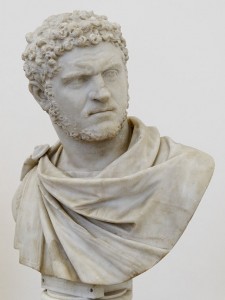
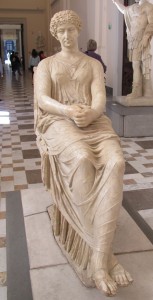













Thanks for explaining, Alison. Now all as clear as…well, ditch water.
But I’m pleased to remind you that I do have a full size bust of Caracalla in my living room. I didn’t know his real name until recently. Don’t think he was one of the nicest emperors.
Sorry, I’ve come off the subject a bit, but really, I couldn’t keep up. I just don’t have the Latin 🙂
Caracalla was a very un-nice emperor!
See http://en.wikipedia.org/wiki/Caracalla for a quick run-down.
Latin? What Latin? 😉
I found this one absolutely fascinating. Alison. I only did one year of Latin at school but I coped!
Macte! (That’s ‘well done’ to us Saxon speakers!)
It’s even more complex if you go into full detail, but I didn’t want my readers to fall asleep. 😉
Interesting how names and social attitudes towards women are reflected in naming conventions.